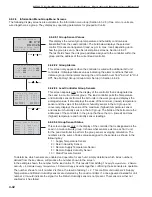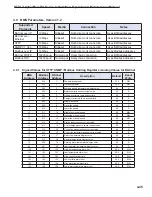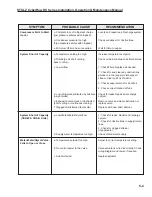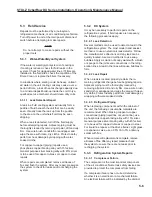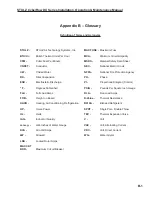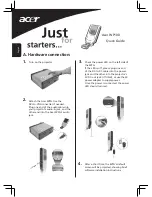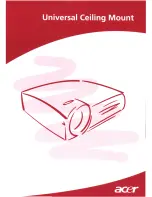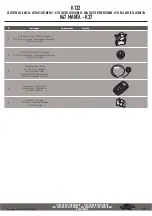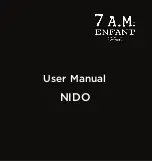
STULZ CyberRow DX Series Installation, Operation & Maintenance Manual
5-6
5.3 Field Service
Repairs must be performed by a journeyman,
refrigeration mechanic, or air conditioning technician.
Turn off power to unit at the main power disconnect
switch before attempting to make repairs.
NOTE
Do not attempt to make repairs without the
proper tools.
5.3.1 Water-Water/Glycol System
If the water or water/glycol system isn’t cooling or
if cooling is reduced, check for fl uid leaks in the
system. Check for clogged water lines. If fi lters are
installed in the fl uid lines, check the condition of the
fi lters. Clean or replace the fi lters if necessary.
In situations where scaling could be heavy, untreat-
ed water in the unit cooling coils may cause, over a
period of time, a loss of heat exchange capacity due
to a mineral deposit build-up inside the coil. Only a
qualifi ed service mechanic should clean dirty coils.
5.3.1.1 Leak
Detection/Repair
A leak in a fl uid cooling system will usually form a
puddle of fl uid beneath the unit that can be easily
seen. Visually trace the leak up from the puddle
to the area on the unit where fl uid may be seen
dripping.
When a leak is detected, turn off the fl uid supply
before attempting repairs. Adjacent piping must be
thoroughly cleaned by removing all paint, dirt and oily
fi lm. Use wire brush, sandcloth or sandpaper and
wipe the area with clean, dry cloths. Protect nearby
parts from heat damage by wrapping with water-
soaked cloths.
For copper-to-copper (piping) repairs use a
phosphorus copper brazing alloy with 15% silver.
General purpose silver brazing alloy with 45% silver
is to be used for copper-to-brass or copper-to steel
repairs.
When repairs are completed, remove all traces of
fl ux and fl ush the system. After any repair, pressurize
the system to check for leaks prior to recharging the
system.
5.3.2 DX System
It may be necessary to perform repairs on the
refrigeration system. If fi eld repairs are necessary,
the following procedures apply:
5.3.2.1 Leak Detection
Several methods can be used to detect a leak in the
refrigeration system. The most modern and easiest
method is to use an electronic leak detector. Follow
the manufacturer’s directions and any leak can be
quickly located. A second method is to use soap
bubbles. Apply a solution of soapy water with a brush
or sponge to the joints and connections in the refrig-
eration lines. A leak in the lines will cause bubbles to
form.
5.3.2.2 Leak Repair
When a leak is located, properly reclaim the re-
maining refrigerant charge before beginning repairs.
Adjacent piping must be thoroughly cleaned by
removing all paint, dirt and oily fi lm. Use a wire brush,
sandcloth or sandpaper and wipe the area with clean,
dry cloths. Protect nearby parts from heat damage by
wrapping with water-soaked cloths.
5.3.2.3 Refrigerant Piping
When replacing components within the cabinet of
the unit, the following consumable materials are
recommended: When brazing copper-to-copper
connections (piping liquid line or suction line), use
a phosphorus copper brazing alloy with 15% silver.
General purpose silver brazing alloy with 45% silver
is to be used for copper-to-brass or copper-to steel.
For liquid line repairs at the drier, strainer, sight glass,
or expansion valve, use a 95% tin to 5% antimony
solder with fl ux.
When component replacement is complete, remove
all traces of fl ux. After any repair, pressure check
the system to ensure there are no leaks prior to
recharging the system.
5.3.3 Refrigeration System Repairs
5.3.3.1 Compressor Failure
The compressor is the most important component
of the air conditioner. Numerous safety devices are
provided to protect the compressor from failing.
If a compressor failure has occurred, determine
whether it is an electrical or a mechanical failure.
An electrical failure will be indicated by the distinct
Summary of Contents for CyberRow DX CRS-042-G
Page 94: ......


